Master DTF Shirt Printing: Equip, Prepare, Print Efficiently

DTF shirt printing equipment offers a versatile and cost-effective solution for custom apparel servi…….
In the dynamic world of apparel manufacturing, Direct-to-Fabric (DTF) Shirt Printing has emerged as a revolutionary process, transforming the way clothing is designed and personalized. This cutting-edge technique allows for direct printing onto fabric, offering unparalleled creativity, efficiency, and versatility in garment decoration. This article aims to provide an extensive exploration of DTF shirt printing, delving into its technical intricacies, global impact, economic implications, and future potential. By the end, readers will gain a profound understanding of this dynamic industry and its significant role in shaping fashion trends worldwide.
Definition: Direct-to-Fabric (DTF) Shirt Printing is a digital printing method that enables the application of designs or graphics directly onto fabric, typically cotton t-shirts, without the need for intermediate transferring or screening processes. This modern technique has streamlined garment customization, allowing designers, businesses, and individuals to create unique, personalized apparel with complex artwork and vibrant colors.
Core Components: The process involves several key steps:
Design Creation: Designers use specialized software to create or modify graphics, ensuring they meet the required resolution and color specifications for printing.
Ink Preparation: High-quality, specialized inks are selected based on the fabric type and desired outcome. These inks are typically eco-friendly, water-based, and fast-drying, ensuring optimal adhesion to the fabric.
Printing Process: Utilizing advanced printing machines, such as DTG (Direct-to-Garment) or Roland printers, the design is precisely transferred onto the shirt’s fabric surface. The printer applies ink in a continuous or drop-on-demand manner, creating sharp images and textures.
Curing: After printing, heat treatment or UV curing is applied to ensure the inks fuse with the fabric fibers, making the print durable and washable.
Historical Context: DTF shirt printing has its roots in the early 2000s when digital printing technologies began to evolve. The advent of high-resolution printers and advanced ink formulations paved the way for direct-to-fabric printing, offering a more efficient and cost-effective alternative to traditional screen printing. Over time, improvements in ink quality, printing speed, and machine capabilities have made DTF printing increasingly popular, especially among small businesses, designers, and individuals seeking unique, customizable apparel.
Significance: Its significance lies in several factors:
Customization: It allows for unparalleled levels of customization, enabling the creation of one-of-a-kind garments tailored to individual preferences and brand identities.
Efficiency: The digital nature of the process eliminates the need for screens or plates, significantly reducing production time and minimizing waste.
Cost-Effectiveness: DTF printing is suitable for small and medium-sized orders, making it an affordable option for businesses and designers who require flexibility in their production runs.
Versatility: It can be applied to various fabric types, including cotton, polyester, and nylon, and supports a wide range of design complexities, from simple text to intricate illustrations.
DTF shirt printing has transcended geographical boundaries, becoming a global phenomenon with a profound impact on the apparel industry. Its influence is evident across different regions, each adopting and adapting this technology to suit local markets and cultural preferences.
Regional Adoption:
North America: The United States and Canada have been early adopters of DTF printing, with a thriving custom apparel scene, especially in urban centers like New York, Los Angeles, and Toronto. This region is known for its innovative use of digital printing in streetwear and fashion-forward garments.
Europe: European countries, particularly Germany, the UK, and France, have embraced DTF technology, integrating it into their established textile industries. The continent’s strong design and fashion culture has fueled the demand for customized apparel, with many local businesses offering DTF printing services.
Asia Pacific: China, India, and Japan are significant players in the global DTF market, driven by their large garment manufacturing bases and growing e-commerce sectors. These countries have witnessed a surge in online custom apparel orders, with DTF printing being a preferred method due to its speed and cost-effectiveness.
Key Global Trends:
Personalization: The demand for personalized, unique garments is on the rise worldwide. DTF printing caters to this trend by allowing individuals to express their creativity and individuality through custom-designed shirts.
Fast Fashion Meets Customization: The convergence of fast fashion and customization is a prominent global trend. Consumers now expect quick turnaround times and affordable pricing without compromising on personalization, making DTF printing an ideal solution.
Sustainability Focus: As environmental consciousness grows, eco-friendly inks and sustainable fabric options are gaining popularity. DTF printing aligns with this trend by offering water-based, non-toxic inks that reduce the environmental impact compared to traditional printing methods.
The economic landscape of DTF shirt printing is dynamic and multifaceted, influenced by market demand, investment trends, and the interplay between technology and labor costs.
Market Dynamics:
Global Market Size: The global DTF printing market was valued at USD 3.2 billion in 2021 and is projected to grow at a CAGR of 7.5% from 2022 to 2030 (Source: Grand View Research). This growth is driven by the increasing demand for personalized apparel, rising e-commerce sales, and the expansion of small and medium-sized businesses in the custom apparel sector.
Regional Markets: North America and Europe dominate the market, accounting for over 60% of the global share in 2021. However, the Asia Pacific region is expected to witness the fastest growth due to its vast population, burgeoning e-commerce industry, and growing middle class.
Investment Patterns:
Equipment and Technology: The printing machinery market is experiencing steady growth as businesses invest in advanced DTF printers to improve production capacity and print quality. Companies like DTG (Direct-to-Garment) Machines, Roland, and EPI (Electrophotographic Imaging) offer a range of equipment catering to different production needs and budgets.
Online Platforms: The rise of e-commerce has created new business models, with online platforms connecting customers directly with DTF printers. These platforms provide a convenient way for individuals and businesses to order custom shirts, fostering competition and driving innovation in the industry.
Economic Impact:
Job Creation: DTF printing contributes to job growth in both manufacturing and design sectors. It supports small businesses and entrepreneurs who create employment opportunities while fostering local economies.
Revenue Generation: The custom apparel market offers significant revenue potential, with DTF printing being a key enabler. Businesses that specialize in this area can generate substantial income through repeat orders and partnerships with brands and retailers.
Technological progress has been a driving force behind the evolution of DTF shirt printing, continually pushing its capabilities and opening new avenues for creativity.
Key Advancements:
Ink Formulations: Researchers and manufacturers have developed advanced ink formulations with improved color vibrancy, enhanced durability, and faster drying times. These inks can now reproduce intricate designs with exceptional detail, expanding the creative possibilities for designers.
Printing Technology: The introduction of more sophisticated printers has revolutionized DTF printing. Modern machines offer higher resolution, better color accuracy, and faster printing speeds, allowing for complex artwork to be reproduced efficiently.
Smart Printing Solutions: Integrating artificial intelligence (AI) and machine learning algorithms into printing systems enables predictive maintenance, optimized ink usage, and automated design optimization. These technologies enhance productivity and reduce waste, making DTF printing more sustainable.
Future Potential:
3D Print Integration: The fusion of 3D printing and DTF could lead to innovative garment structures and textures. This hybrid approach may enable the creation of unique, functional designs that go beyond traditional two-dimensional printing.
Interactive Printing: Augmented Reality (AR) and Virtual Reality (VR) technologies can enhance the customer experience by allowing users to visualize custom designs on 3D models before printing. This interactive process can increase customer engagement and satisfaction.
Sustainable Innovations: Future developments may focus on further eco-friendly solutions, such as biodegradable inks, recycled fabric substrates, and closed-loop printing systems that minimize waste and maximize resource efficiency.
The DTF shirt printing industry operates within a framework of policies and regulations that govern various aspects, from ink safety to intellectual property rights. These rules are essential for ensuring consumer protection, maintaining fair trade practices, and fostering innovation.
Key Considerations:
Product Safety Standards: Regulatory bodies worldwide have established guidelines for the safe use of inks, ensuring they do not pose health risks to consumers. These standards dictate the maximum allowable levels of certain chemicals in printing inks.
Intellectual Property Rights: Copyright laws and trademarks protect original designs and logos printed on shirts. DTF printers must ensure they do not infringe on existing intellectual property rights, as this could lead to legal consequences.
Environmental Regulations: Some regions have specific environmental standards for waste management and emissions control related to printing operations. Compliance with these regulations is crucial to avoid penalties and maintain a sustainable industry.
Data Privacy: Online platforms that facilitate DTF printing services must adhere to data privacy laws, such as GDPR (General Data Protection Regulation) in Europe, ensuring secure handling of customer information.
Despite its numerous advantages, the DTF shirt printing industry faces several challenges and criticisms that require strategic solutions.
Common Challenges:
Color Fading: While modern inks have improved durability, color fading over time remains a concern, especially for vibrant, light-colored designs. Enhancing ink formulations and fabric treatments can mitigate this issue.
Fabric Stretching: Printing on stretchy fabrics like athletic wear can be challenging as the fabric’s elasticity may cause print distortion. Specialized printing techniques and materials can address this problem.
Hygiene Concerns: There are occasional criticisms regarding the hygiene aspects of DTF printing, especially in shared printing spaces. Implementing strict cleaning protocols and utilizing anti-microbial inks or treatments can resolve these concerns.
Strategic Solutions:
Continuous Ink Research: Ongoing research into advanced ink formulations will improve durability, colorfastness, and fade resistance, addressing one of the primary criticisms of DTF printing.
Industry Standards and Certifications: Developing industry standards and certifications for DTF printers can ensure quality control and consumer protection, fostering trust in the market.
Educational Initiatives: Providing training and resources to small businesses and entrepreneurs can help them navigate the challenges of DTF printing, ensuring higher-quality outcomes and customer satisfaction.
Case Study 1: Custom Athletic Wear Brand (USA)
Challenge: A start-up athletic wear brand sought to differentiate itself in a competitive market by offering highly customizable garments without compromising on quality.
Solution: They partnered with local DTF printers who specialized in high-resolution printing on performance fabrics. The collaboration resulted in a unique product line, allowing customers to design their own athletic shirts with intricate graphics and personalized messages.
Outcome: The brand experienced significant success, attracting a younger demographic eager for self-expression through custom apparel. Their online sales surged, and they established a loyal customer base, solidifying their position in the market.
Case Study 2: Sustainable Fashion Startup (Europe)
Objective: A European fashion startup aimed to create an eco-conscious clothing line using DTF printing to minimize waste and reduce environmental impact.
Strategy: They sourced organic cotton fabric and developed a closed-loop printing system, recycling used ink and fabric scraps. Customers could choose from a range of sustainable designs or create their own, with the brand offering transparent pricing and ethical production practices.
Result: The startup gained traction among environmentally conscious consumers, filling a gap in the market for sustainable fashion options. Their unique approach attracted media attention, leading to increased brand awareness and sales.
Case Study 3: Global E-commerce Platform (Asia)
Problem: An established e-commerce platform wanted to expand its custom apparel offerings but faced challenges in managing global printing operations.
Approach: They partnered with local DTF printers worldwide, creating a decentralized printing network. This strategy ensured timely production and delivery while catering to regional preferences and cultural nuances.
Benefits: The decentralized model improved order fulfillment rates, reduced shipping times, and allowed for localized marketing strategies, resulting in increased customer satisfaction and market penetration.
As DTF shirt printing continues to evolve, several emerging trends and growth areas hold promise for the industry’s future development.
Potential Growth Areas:
Sustainable and Eco-Friendly Solutions: The demand for environmentally conscious products will drive the development of biodegradable inks, recycled fabrics, and closed-loop printing systems, positioning DTF printing as a more sustainable alternative to traditional methods.
Interactive Customer Experiences: AR and VR technologies will play a significant role in enhancing customer engagement. Customers can virtually design and visualize their custom shirts, making informed choices before placing orders.
Global Market Expansion: The Asia Pacific region, with its thriving e-commerce sector, is expected to witness further growth. Additionally, emerging markets in Africa and South America present opportunities for DTF printing businesses to expand their global reach.
Emerging Trends:
3D Print Integration: While still in the early stages, combining 3D printing with DTF holds potential for creating unique garment structures and textures, opening doors for innovative design possibilities.
Personalized Packaging: Beyond the shirt itself, personalized packaging and accessories, such as bags and labels, can be printed using DTF technology, providing a complete custom experience for customers.
Data-Driven Design: Utilizing customer data and analytics to predict trends and personalize designs can become a powerful tool for DTF printers, offering tailored products that resonate with specific demographics.
DTF shirt printing has emerged as a powerful force in the apparel industry, revolutionizing garment decoration and personalisation. Its global impact is evident in the diverse markets it serves and the cultural expressions it enables. As technology advances and consumer preferences evolve, this dynamic industry continues to shape fashion trends worldwide.
The challenges faced by DTF printers are opportunities for innovation, with ongoing research, strategic partnerships, and educational initiatives driving progress. By embracing sustainable practices, leveraging new technologies, and enhancing customer experiences, the DTF printing industry is poised to capture even greater market share while fulfilling the diverse needs of a global customer base.

DTF shirt printing equipment offers a versatile and cost-effective solution for custom apparel servi…….
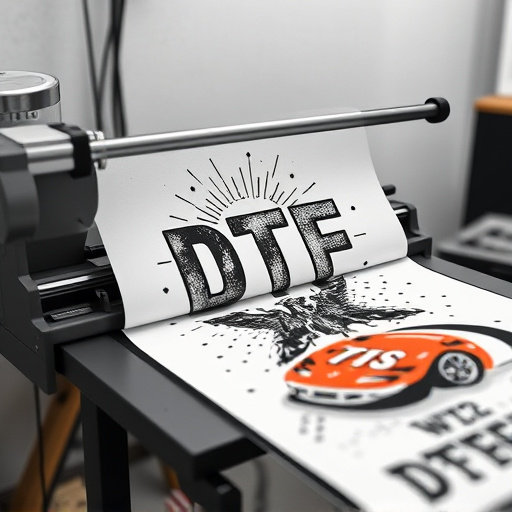
DTF Shirt Printing offers a creative, versatile way to design apparel using heat press technology an…….
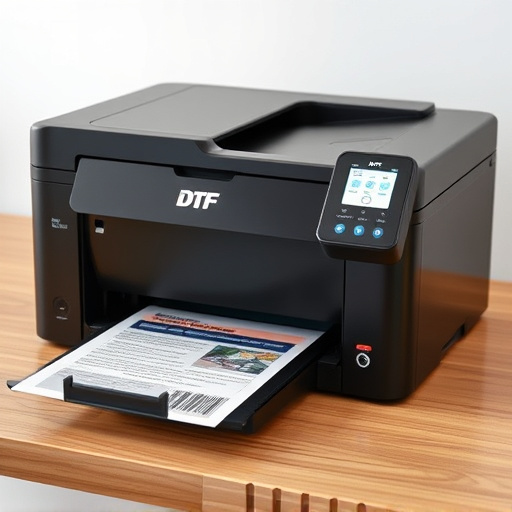
DTF (Direct-to-Film) shirt printing revolutionizes apparel customization with swift, intricate desig…….
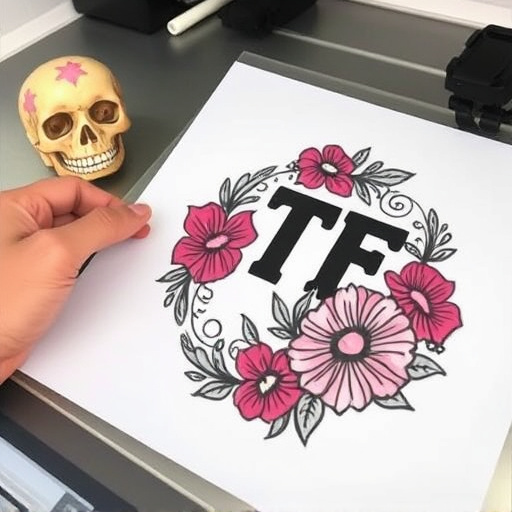
Achieve superior DTF shirt printing with high-resolution (300 DPI+) designs in PNG/SVG formats using…….

For optimal DTF shirt printing, secure essential equipment like a high-resolution printer (1200 DPI+…….

DTF (Direct to Garment) Shirt Printing is a modern, versatile method for creating vibrant custom shi…….
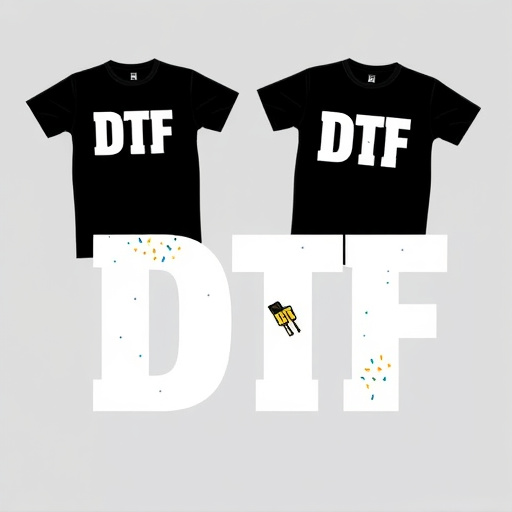
Direct-To-Film (DTF) shirt printing is a revolutionary technique for print-on-demand businesses, off…….

DTF (Direct-to-Fabric) shirt printing offers an eco-friendly alternative to traditional methods, min…….

DTF (Direct-to-Fabric) Shirt Printing revolutionizes print-on-demand businesses by offering high-qua…….
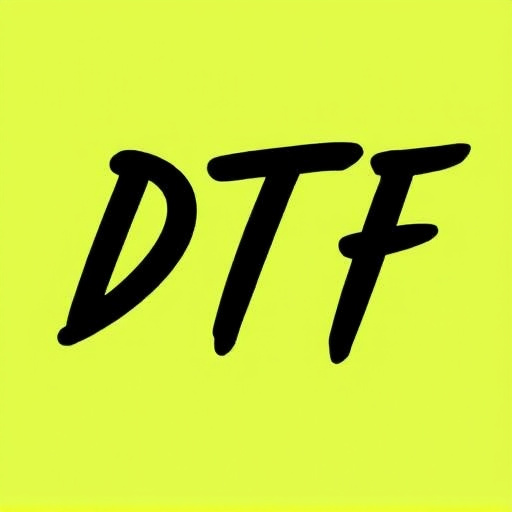
DTF (Direct to Fabric) Shirt Printing offers high-quality, precise prints on custom garments using a…….